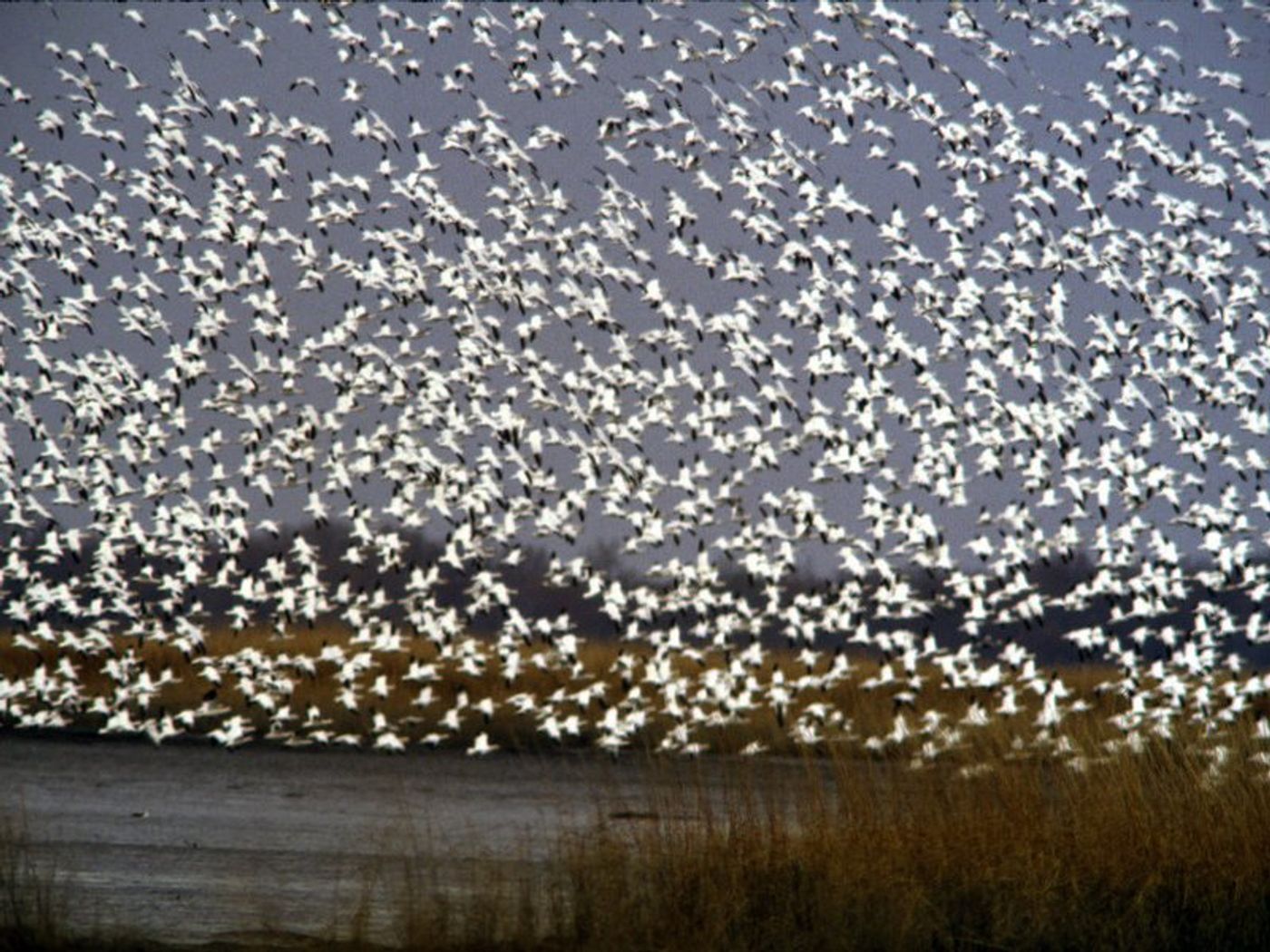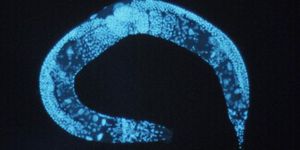Thousands of Birds Reportedly Die After Landing in Toxic Water
At the end of November, a pit mine in Montana experienced something it never had before; several thousand snow geese reportedly landed in the toxic waters, where they later died from the effects of the water, which is high in sulfuric acid.
Image Credit: US-FWS/Smithsonian
A nearby snow storm forced the birds to abandon their current location, which sent them flying into the direction of the 700-acre Berkley Pit.
The mine had anti-bird measures in place from the start to protect them from the hazardous conditions, including sound makers and special spotlights that were implemented to try and scare them away. These measures were reportedly in full effect when the birds came around, but apparently not all of the birds heeded the warning.
The mine was also warned ahead of time from a bird migration firm that the flock of nearly 25,000 snow geese was headed their way, so employees quickly manned their anti-bird equipment in preparation for it.
At least 10,000 birds are believed to have landed in the pit and attempted drinking some of the water. When the catastrophe was all said and done, thousands of those birds perished, but officials haven’t stopped counting since the event happened.
“I can’t underscore enough how many birds were in the Butte area that night,” said Mark Thompson, the environmental affairs manager for the mining company. “Numbers beyond anything we’ve ever experienced in our 21 years of monitoring by several orders of magnitude.”
According to Thompson, the mine typically only sees about 2,000-5,000 of these birds every year, so the sheer number of birds that came around on this particular day were incredibly high.
Should authorities deem that the bird hazing efforts weren’t as well executed as they could have been to save more of the snow geese’ lives, the company could be fined, but Thompson seems pretty stern on the fact that they did everything they could do.
20 of the dead bird carcasses have been collected by officials to be sent to U.S. Fish and Wildlife for necropsies and examination. This will help determine their cause of death in detail.
At this point in time, no fines have yet been levied.
Source: Smithsonian









